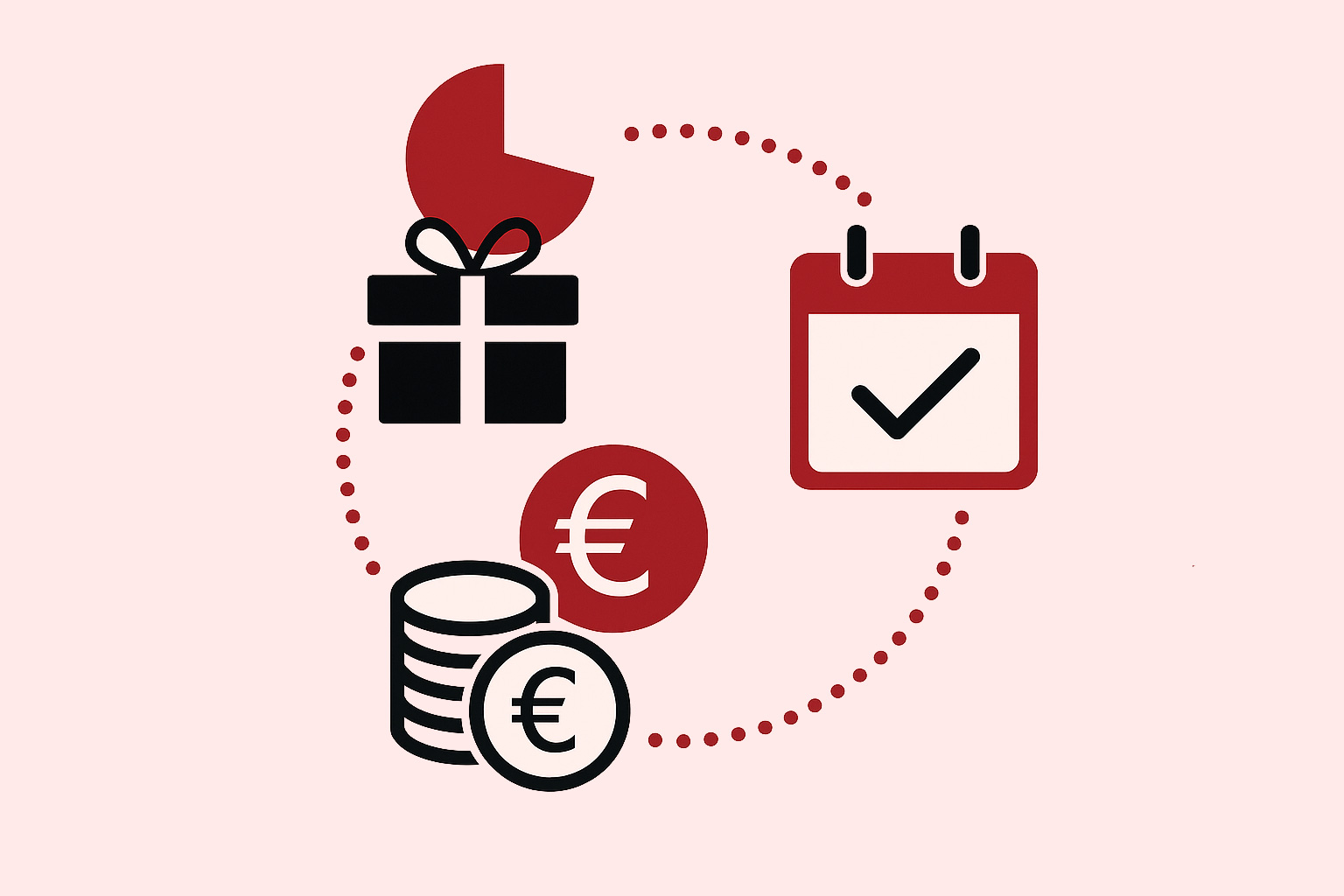Finishing a crowdfunding campaign successfully is exciting, but it’s also just the beginning. Once the funding goal has been reached, creators still need to handle reward fulfillment, logistics, add-ons, and—very importantly—the chance to keep generating revenue even after the campaign is closed. This is exactly where Pledge Manager and Late Pledge come into play.
What is a Pledge Manager?
A Pledge Manager is a digital tool designed to bridge the gap between the end of a campaign and the delivery of rewards. It allows creators to collect, organize, and manage backer information efficiently.
- Confirming and updating shipping addresses.
- Managing add-ons and extra products.
- Allowing pledge upgrades or changes.
- Calculating and charging final shipping fees.
- Centralizing data to reduce mistakes and delays.
By doing so, it saves time, minimizes errors, and ensures every backer receives exactly what they pledged for.
What is a Late Pledge?
A Late Pledge is essentially a “second chance” to join a project after the official crowdfunding campaign has ended. It acts like an extended pre-order system, aimed at those who missed the original campaign but still want to support the project.
- Generates additional revenue beyond the initial goal.
- Expands the community by attracting late supporters.
- Improves production planning by giving a clearer idea of demand.
Combined Benefits
Using a Pledge Manager together with a Late Pledge strategy gives full post-campaign control. While the Pledge Manager streamlines logistics and communication, the Late Pledge extends profitability and keeps the project visible.
Possible Drawbacks
Despite their usefulness, some challenges exist:
- Pledge Managers require creators to learn a new platform.
- Some services charge extra fees, lowering the final margin.
- Poor communication may cause confusion about timelines or shipping costs.
Best Practices
To maximize their potential, creators should:
- Clearly announce when the Pledge Manager will open.
- Explain how backers and late supporters can access it.
- Offer exclusive rewards to encourage participation.
- Monitor production carefully to avoid delays.
Practical Example
Imagine you launched a board game on Kickstarter and reached your funding goal. Through the Pledge Manager, backers confirm their address, add expansions, and pay for shipping. Thanks to the Late Pledge, players who discover the project later can still purchase the game before its release.
Key Features of a Good Pledge Manager
An advanced Pledge Manager goes beyond collecting shipping details. It offers features designed to simplify both creator and backer experience. Some of the most valuable include:
- User-friendly dashboard to manage orders, shipments, and payments in one place.
- Integration with multiple payment gateways, enabling smooth international transactions.
- Flexible add-on management, allowing backers to easily upgrade or expand their pledge.
- Segmentation tools to send tailored updates to different groups of supporters.
- Automated shipping cost calculation, adapted to each country or region.
- Real-time analytics and reporting to forecast demand and optimize production.
With these features, the post-campaign stage becomes more efficient, with greater control over logistics and clearer communication with the community.
In short, your campaign doesn’t end when the funding closes—it evolves into a stronger phase where you manage logistics more effectively, increase profitability, and grow your audience.




